Best Way to Fill Nail Holes in Painted Trim
October 9th, 2025
4 min read
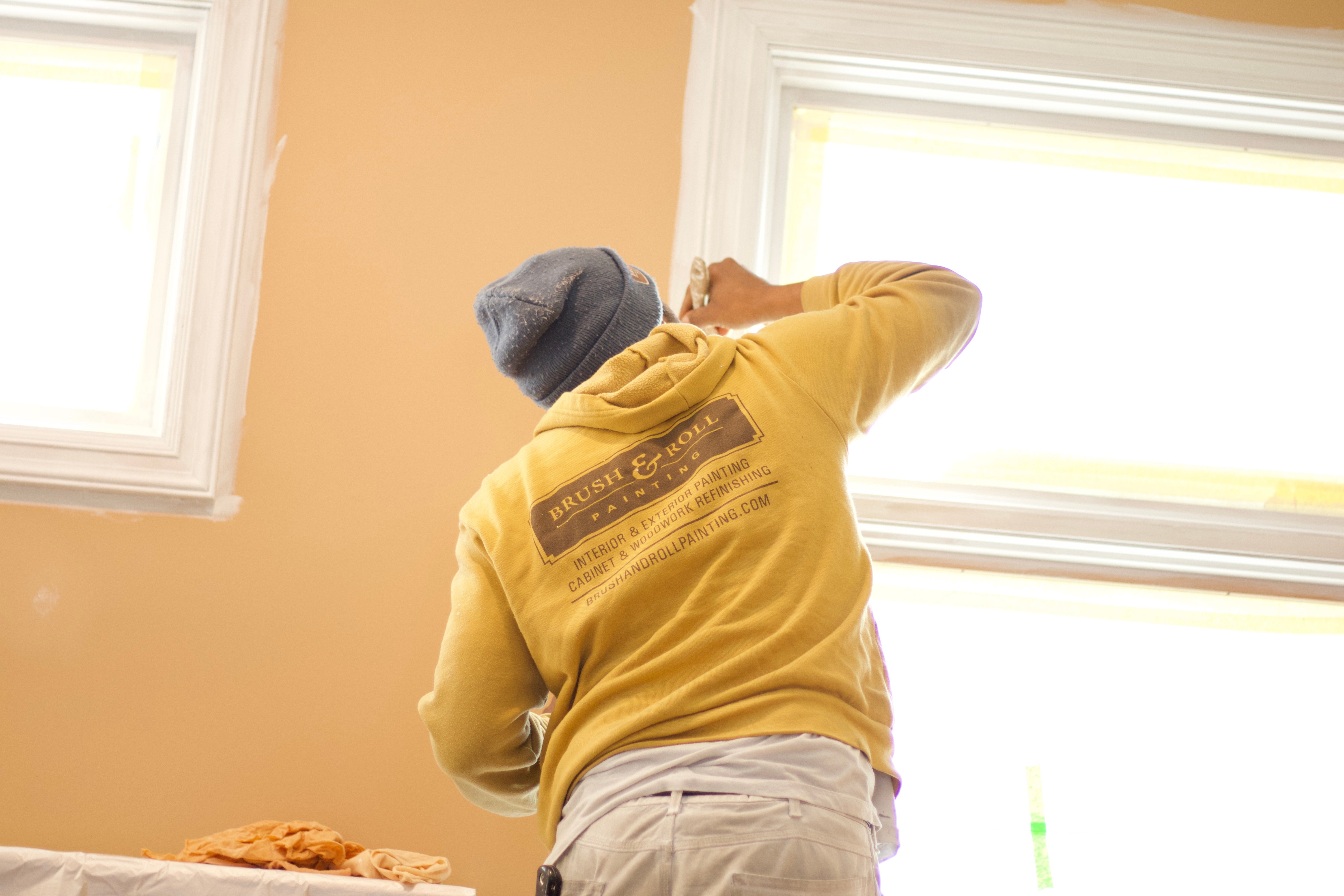
You just had new trim installed and while the crisp lines look great, every nail gun hole is staring back at you like tiny polka dots across the surface. Or maybe you’re working with older trim where nail holes from past projects were never filled correctly and now stand out even more after painting. Whether it’s brand-new woodwork or trim that’s been in place for decades, nail holes can distract from what should be a smooth, finished surface.
At Brush & Roll Painting in Omaha, we’ve been working with homeowners ready to transform their homes since 1996. We understand the difference between trim that looks patched together and trim that looks polished and seamless. Filling nail holes in trim is something professional painters handle daily, but it’s also one of those details that separates a quick paint job from a high-quality one.
In this article, you’ll learn the best ways to fill nail holes in painted trim, the difference between caulk and wood filler, and why the right product matters. You’ll walk away with a clear understanding of how professionals approach this step and what to expect if you’re hiring a painter for your project.
Why Nail Holes Show So Much on Trim
Trim, whether it’s baseboards, door casings, or crown molding, is designed to frame the space. Because it’s often painted in white or light shades, imperfections are easier to spot than on darker walls. A line of nail holes left unfilled can catch the light differently, leaving small shadows that break up the smooth surface.
Even after the trim has been painted, nail holes can expand or contract with changes in temperature and humidity, making them more visible over time. Omaha homeowners know how much our seasons shift, and this can be especially noticeable in older homes with real wood trim.

How Painters Fill Nail Holes in Painted Trim
If you’ve searched “how to fill nail holes in white painted trim” or “fill nail holes in trim before painting,” you’re not alone. It’s one of the most common homeowner questions. Here’s how professionals typically approach the process.
- Preparation
Before anything goes in the hole, the surface needs to be clean. Painters wipe away dust and sometimes lightly sand the area so the filler will bond properly. - Choosing the Right Product
This is where the biggest differences show up between caulk and wood filler. - Applying the Filler
The material is pressed into the hole, smoothed out, and left slightly higher than the surface since some products shrink as they dry. - Sanding Smooth
Once it’s dry, painters sand it level with the trim so it blends in seamlessly. - Priming if Needed
Some fillers are porous and need a quick coat of primer before painting. This helps prevent flashing, where the patched area looks different from the rest of the surface. - Painting or Touching Up
Finally, the filled holes are painted over. When done right, the trim looks like it was never touched by a nail.
Caulk vs Wood Filler for Nail Holes
A big question homeowners ask is whether caulk or wood filler is better. Both are used in painting projects, but they serve different purposes.
Caulk for Nail Holes
Caulk is flexible and great for filling gaps where trim meets walls or where corners connect. It moves with the house as it expands and contracts. But when it comes to nail holes, caulk often falls short. Because it’s soft and shrinks over time, the filled hole may sink in or even pop back open.
Homeowners sometimes use caulk for nail holes because it’s easy to squeeze into place, but on painted trim, it can leave little dips or shiny spots that are just as noticeable as the original hole.
Wood Filler for Nail Holes
Wood filler (also called putty or spackle, depending on the product) is designed to harden. It doesn’t flex like caulk, which makes it ideal for nail holes. A painter presses it into the hole, sands it smooth, and paints over it. The finish looks solid and seamless.
The downside is that wood filler takes more time. It has to dry fully, and sanding adds another step. But if you want nail holes to disappear, this is the professional approach.

What Happens if Nail Holes Aren’t Filled Correctly
If nail holes are just painted over or filled with the wrong product, you’ll likely notice one of three issues:
- Visible Indentations: Even with paint, the holes look like small dots across the trim.
- Flashing: The filled spots reflect light differently, creating shiny or dull patches.
- Cracks or Shrinkage: Holes reappear as the product pulls away or the wood shifts.
In Omaha’s climate, with dry winters and humid summers, the wrong approach can mean repainting or touching up trim sooner than you’d like.
FAQs About Filling Nail Holes on Trim
Here are some common searches and the answers:
How to fill nail holes in trim without painting?
It’s possible to use a color-matched putty stick on small holes, especially on wood trim, but on painted trim, the repair will almost always need touch-up paint to blend.
Best nail hole filler for painted trim?
Painters often use lightweight spackle or a high-quality wood filler. The key is choosing one that sands easily and doesn’t shrink.
Best way to fill nail holes in trim before painting?
If the trim hasn’t been painted yet, fillers are easier to use because the whole surface will be painted after sanding. This gives a flawless look.
Filling nail holes in trim after painting
This is trickier, since the filled area will need touch-up paint. Professionals usually feather out the paint so the repair disappears.

Why Hiring a Painter Makes a Difference
Filling nail holes may sound like a small step, but it’s part of what makes trim look sharp and professional. A homeowner might try to DIY, but the difference is often obvious when the project is finished. Painters bring:
- Experience: Knowing how much filler to use and how to sand it down just right.
- Efficiency: Filling dozens or even hundreds of holes across trim, doors, and molding can take hours.
- Product Knowledge: Using fillers that actually last, rather than quick fixes that shrink.
- Consistency: Ensuring every piece of trim looks smooth, not just the areas at eye level.
When you’re investing in interior painting, details like filling nail holes in baseboards or crown molding make the difference between a job that looks average and one that makes your home feel polished.
Interior Painting in Omaha, NE
Nail holes in trim may seem small, but they stand out in a finished room. You’ve learned why professionals prefer wood filler over caulk, how the process works, and what can happen if holes aren’t filled correctly. By knowing the right questions to ask, Omaha homeowners can make sure their painting project looks polished and lasts.
At Brush & Roll Painting, we’ve been helping homeowners in Omaha since 1996. Our goal is always to guide you through the process of transforming your home so you feel confident in the decisions you make.
Click the button below to get a quote.
If you’re still considering the project, try our interior painting pricing calculator to get an idea of what your project might cost.
Kaylea is the Brush & Roll Painting Content Manager. Kaylea is a Journalism and Media Communications summa cum laude graduate with a minor in Marketing from the University of Nebraska at Omaha. Kaylea manages the marketing for Brush & Roll Painting.
Topics:










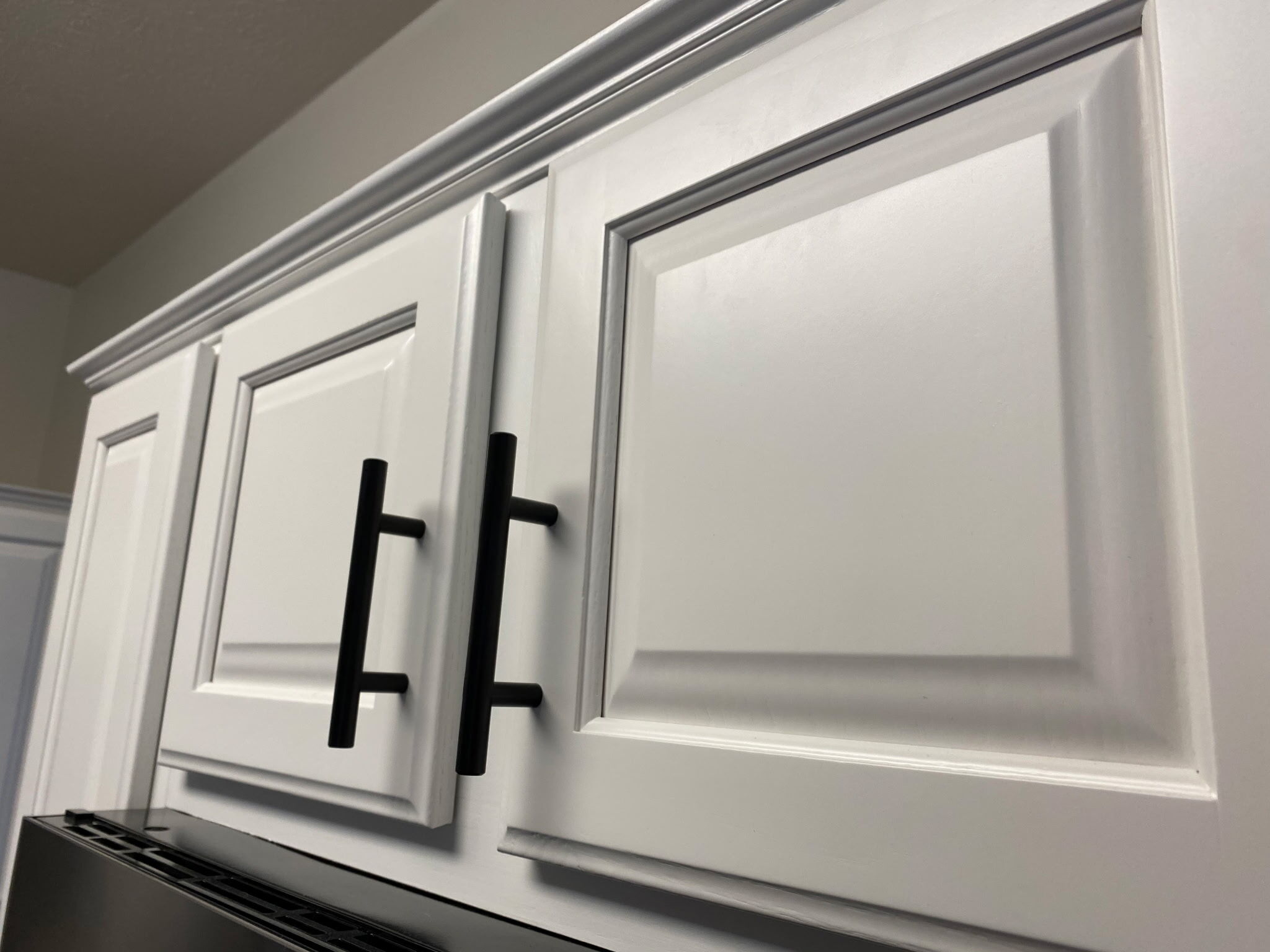
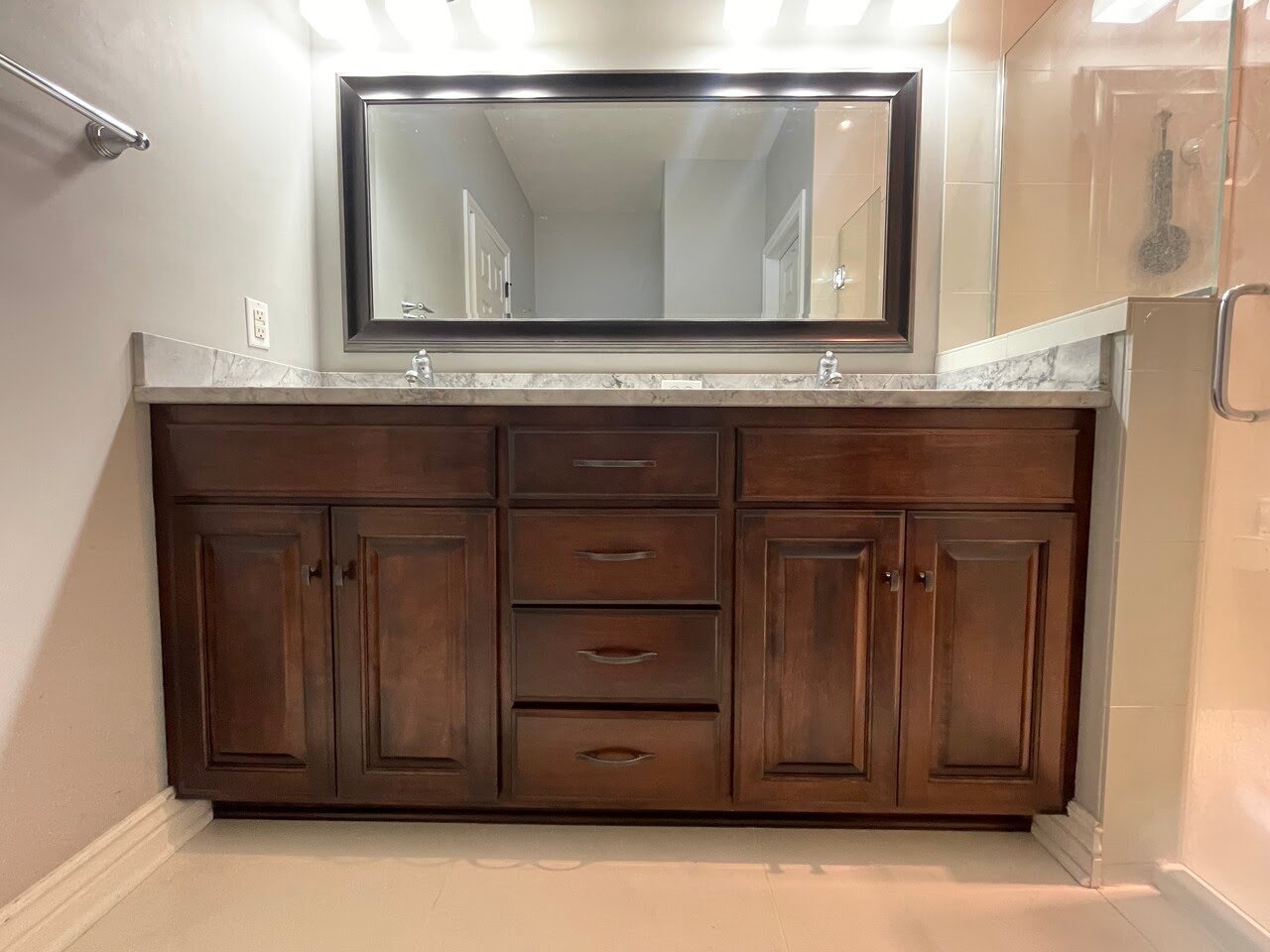


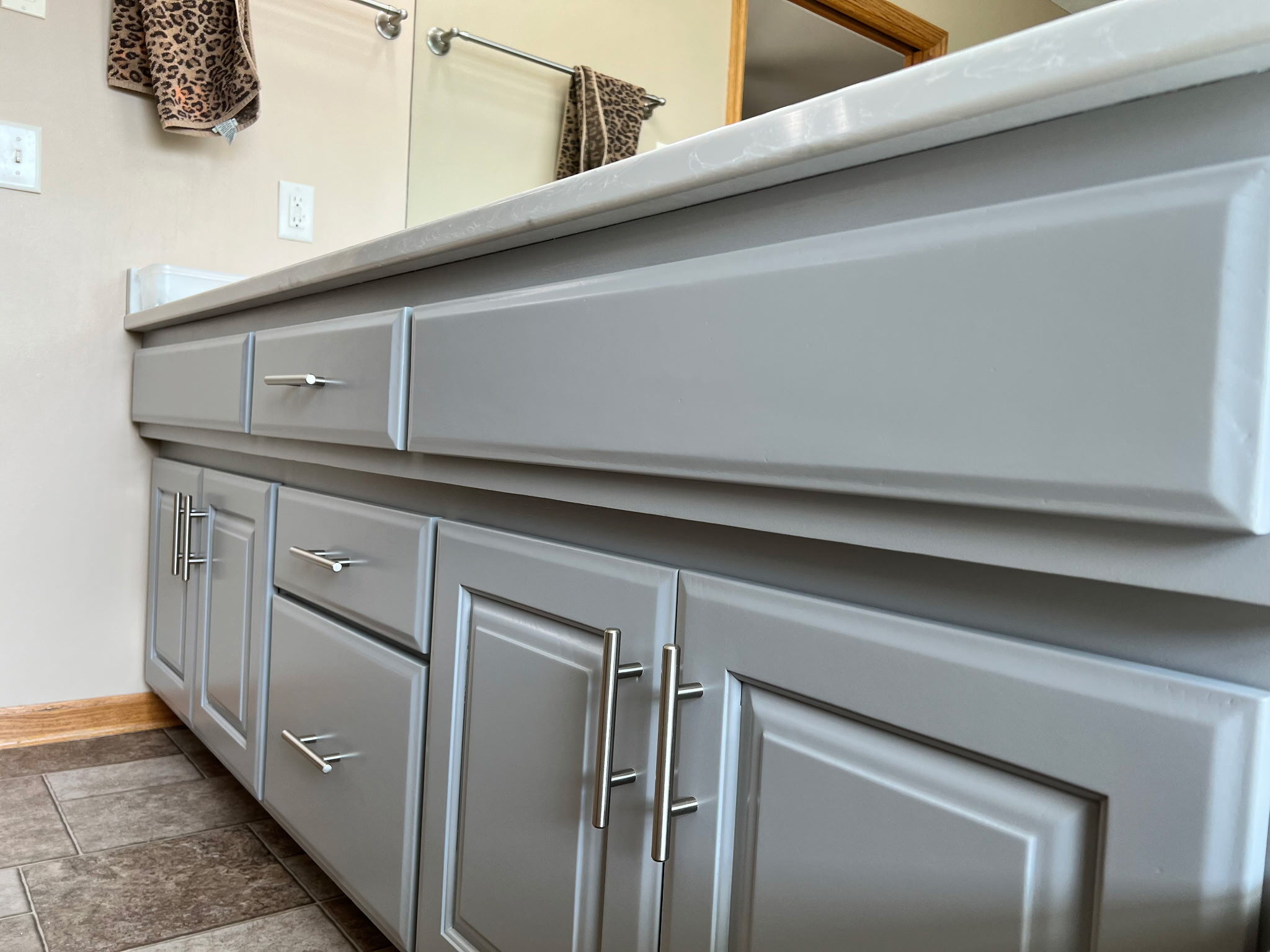
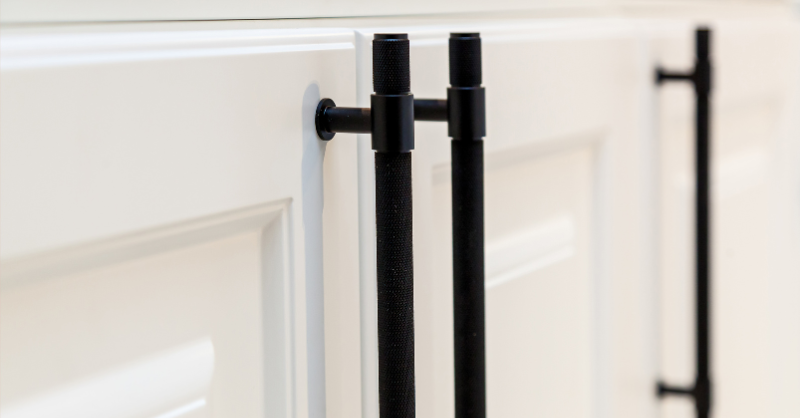
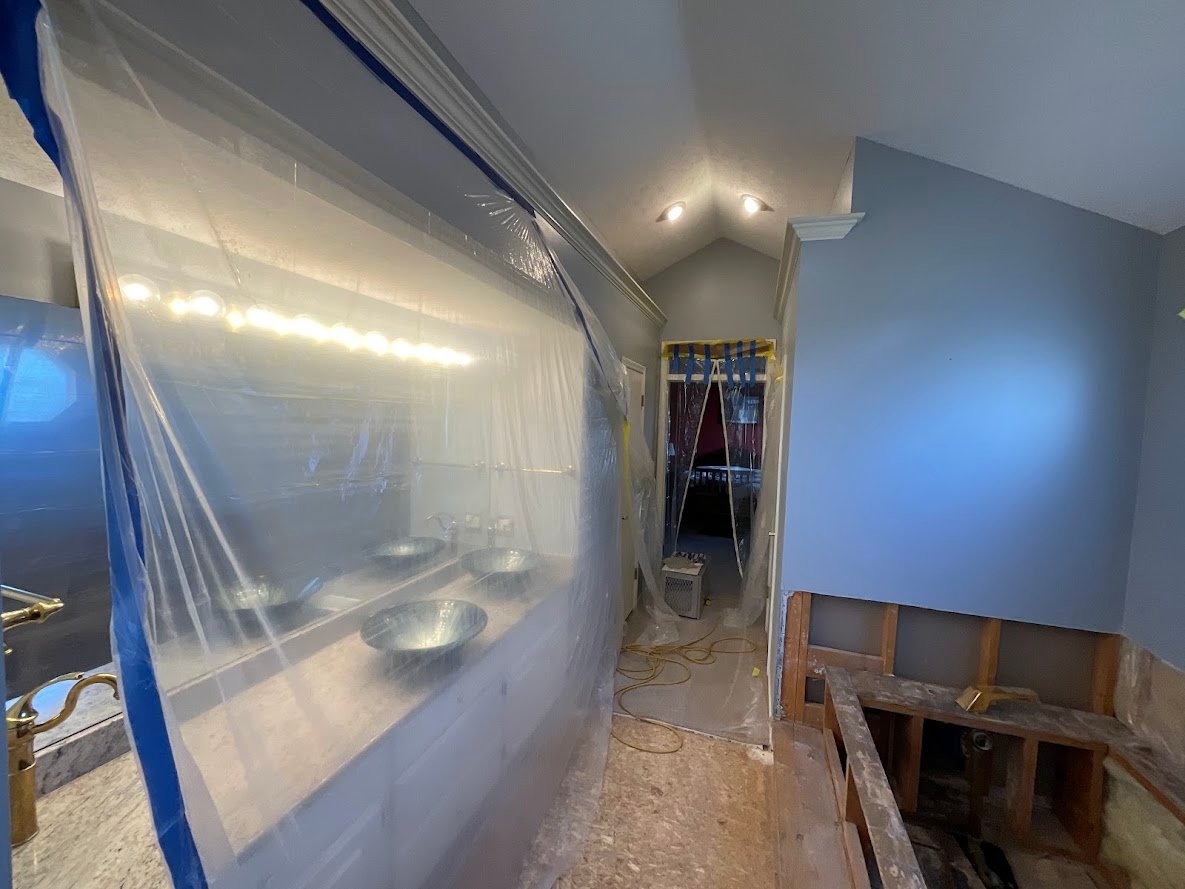
-Apr-28-2025-01-42-42-0336-PM.png?width=800&height=418&name=Blog%20Post%20Image%20Size%20(4)-Apr-28-2025-01-42-42-0336-PM.png)
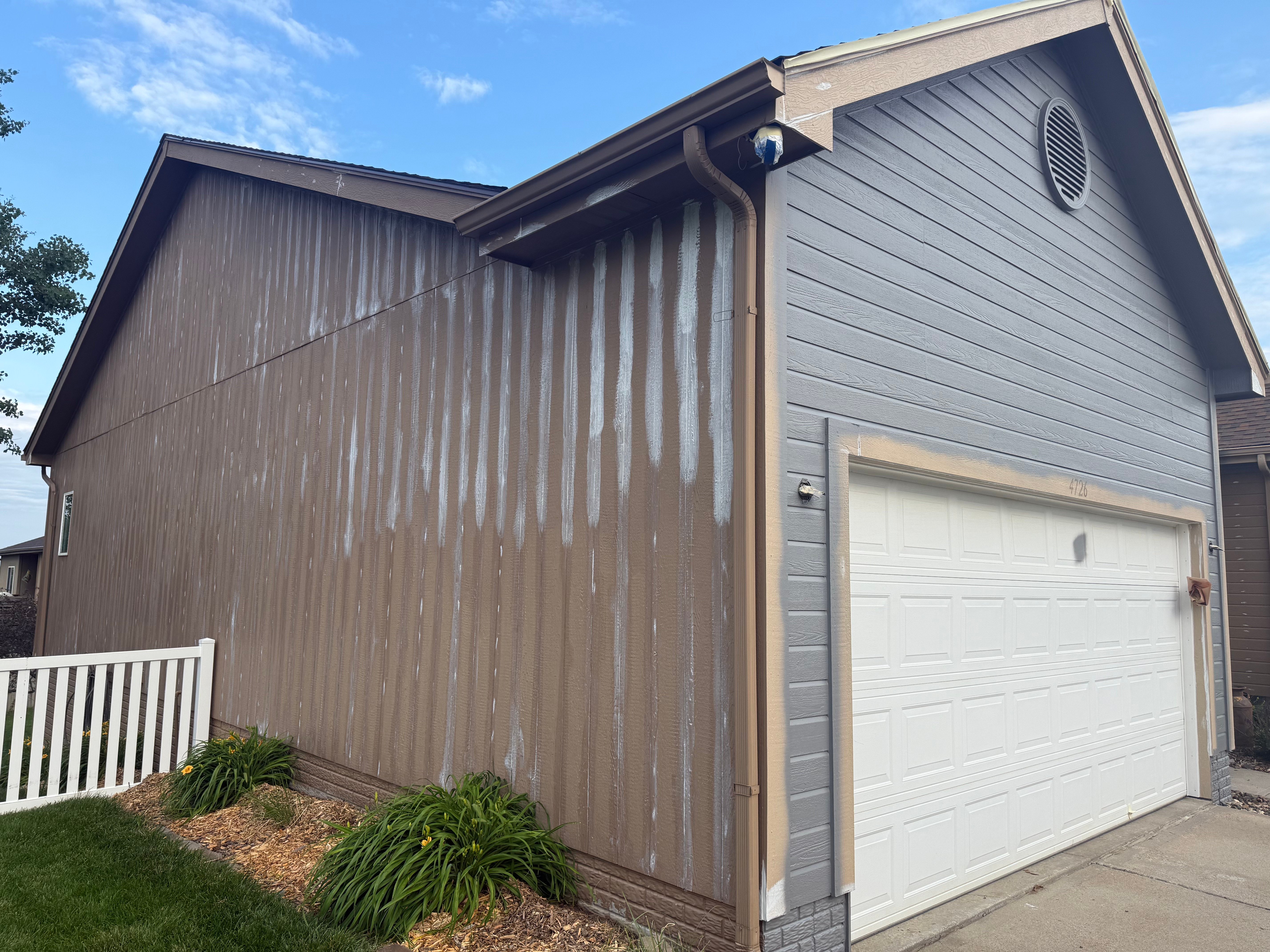

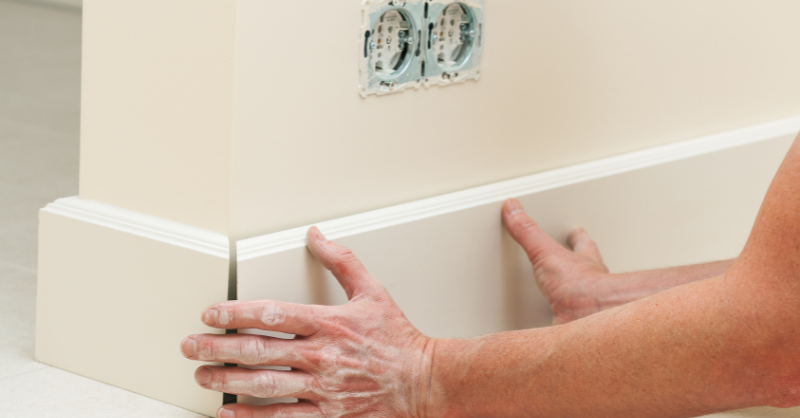
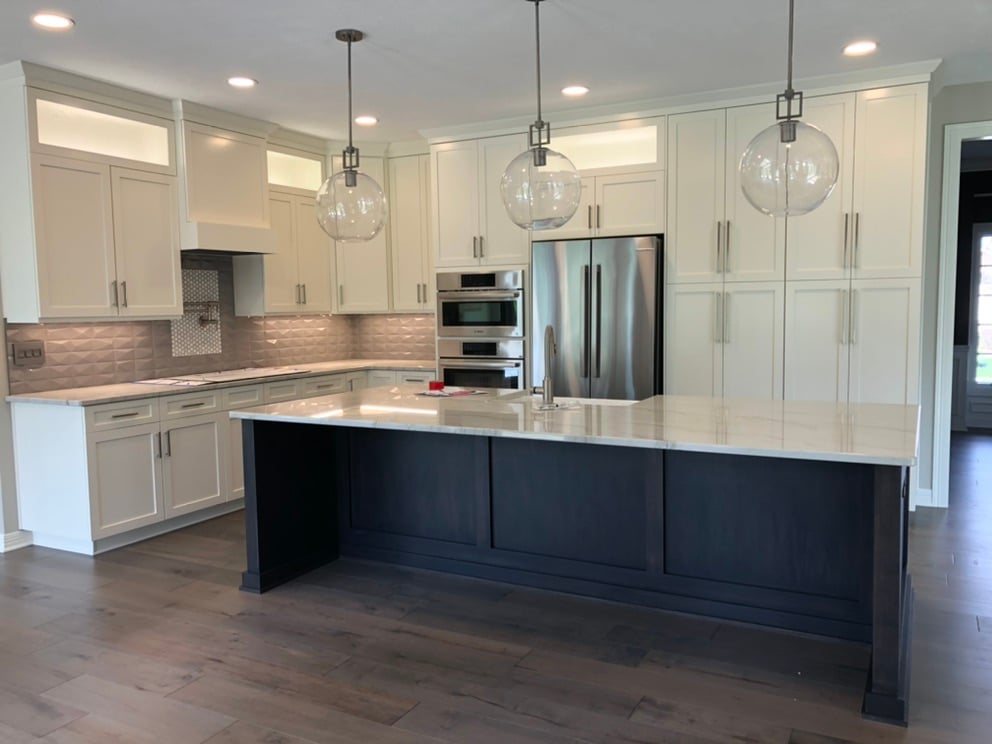
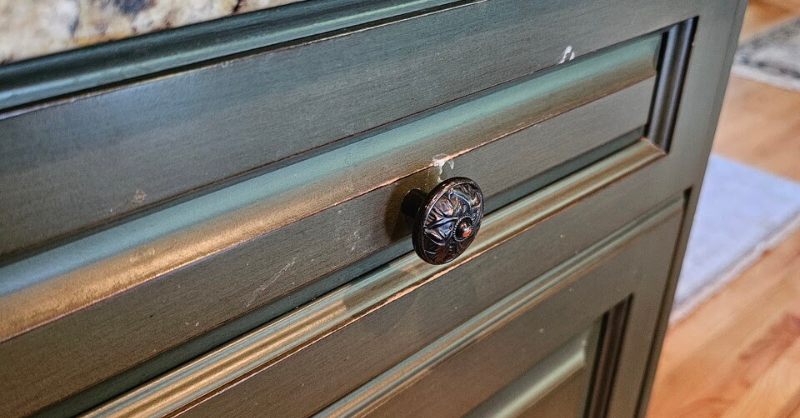
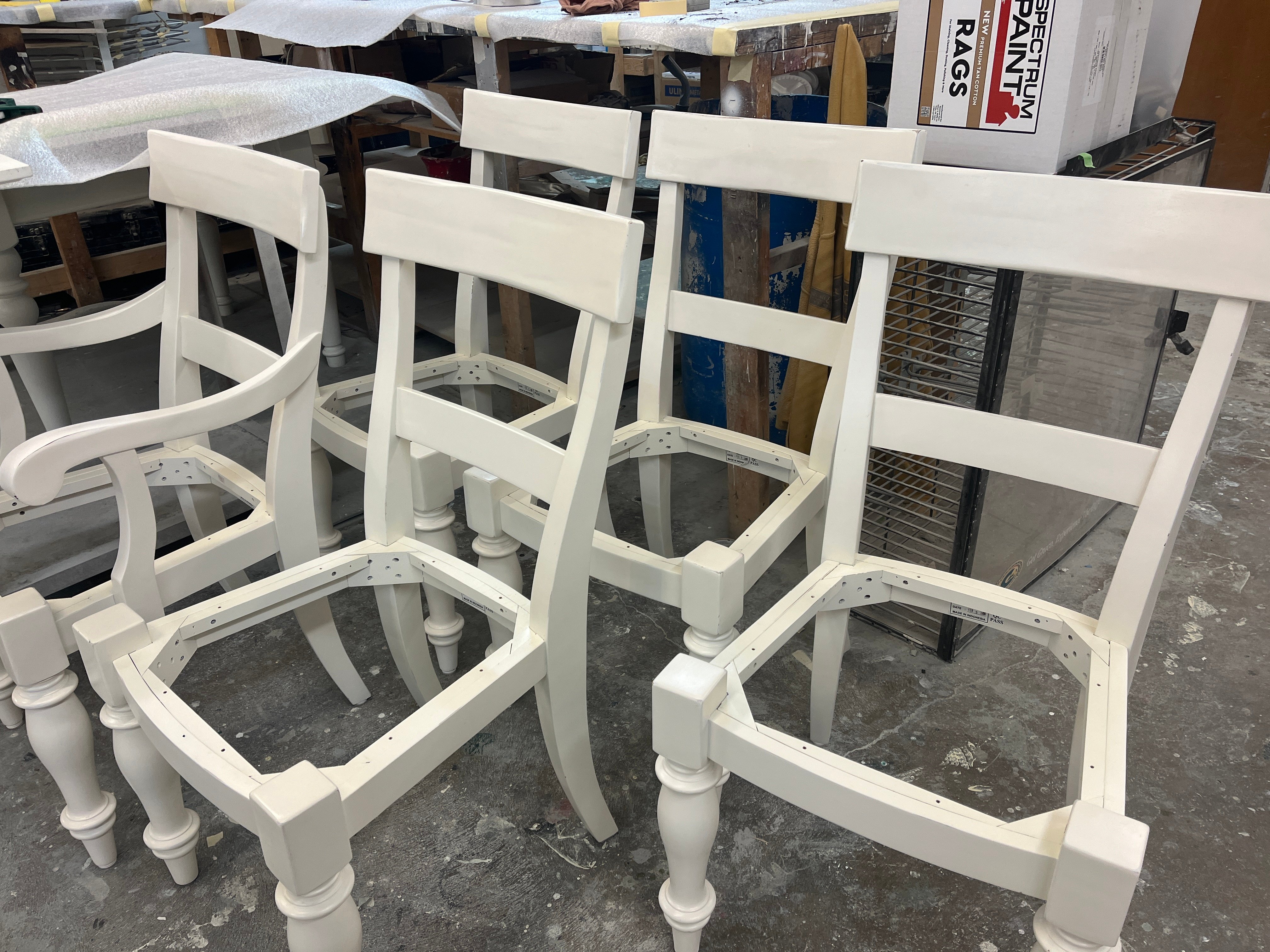
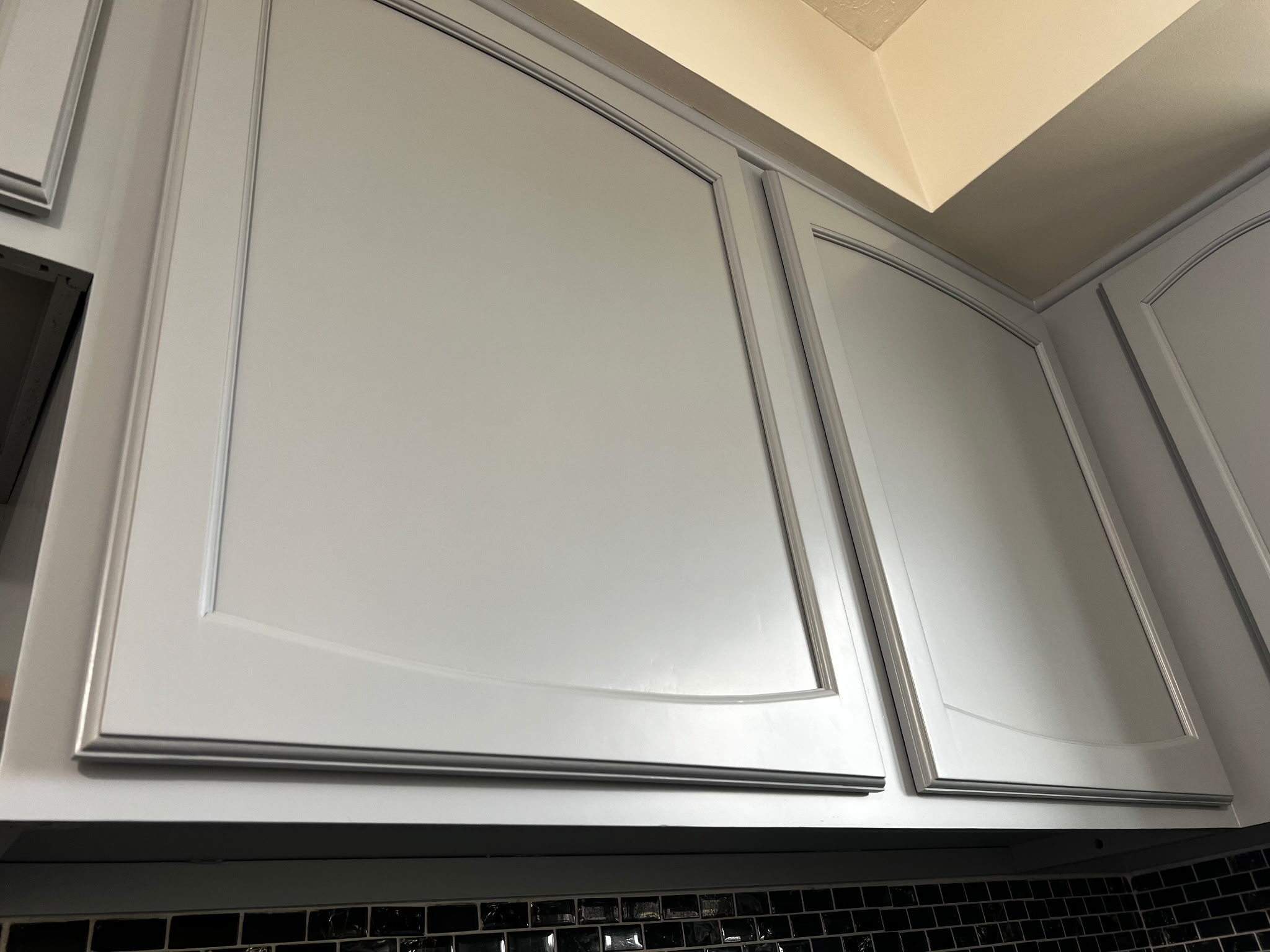
-Jul-03-2025-01-33-31-8507-PM.png?width=800&height=418&name=Blog%20Post%20Image%20Size%20(1)-Jul-03-2025-01-33-31-8507-PM.png)